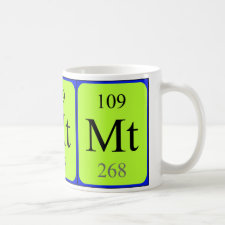
Authors: Truta LAAN, Ferreira NS, Sales MGF
Article Title: Graphene-based biomimetic materials targeting urine metabolite as potential cancer biomarker: Application over different conductive materials for potentiometric transduction.
Publication date: 2014
Journal: Electrochimica Acta
Volume: 150
Page numbers: 99-107.
DOI: 10.1016/j.electacta.2014.10.136
Alternative URL: http://www.sciencedirect.com/science/article/pii/S0013468614021574
Abstract: This work presents a novel surface Smart Polymer Antibody Material (SPAM) for Carnitine (CRT, a potential biomarker of ovarian cancer), tested for the first time as ionophore in potentiometric electrodes of unconventional configuration. The SPAM material consisted of a 3D polymeric network created by surface imprinting on graphene layers. The polymer was obtained by radical polymerization of (vinylbenzyl) trimethylammonium chloride and 4-styrenesulfonic acid (signaling the binding sites), and vinyl pivalate and ethylene glycol dimethacrylate (surroundings). Non-imprinted material (NIM) was prepared as control, by excluding the template from the procedure. These materials were then used to produce several plasticized PVC membranes, testing the relevance of including the SPAM as ionophore, and the need for a charged lipophilic additive. The membranes were casted over solid conductive supports of graphite or ITO/FTO. The effect of pH upon the potentiometric response was evaluated for different pHs (2-9) with different buffer compositions. Overall, the best performance was achieved for membranes with SPAM ionophore, having a cationic lipophilic additive and tested in HEPES (4-(2-hydroxyethyl)-1-piperazineethanesulfonic acid) buffer, pH 5.1. Better slopes were achieved when the membrane was casted on conductive glass (-57.4 mV/decade), while the best detection limits were obtained for graphite-based conductive supports (3.6 x 10-5 mol/L). Good selectivity was observed against BSA, ascorbic acid, glucose, creatinine and urea, tested for concentrations up to their normal physiologic levels in urine. The application of the devices to the analysis of spiked samples showed recoveries ranging from 91% (± 6.8%) to 118% (± 11.2%). Overall, the combination of the SPAM sensory material with a suitable selective membrane composition and electrode design has lead to a promising tool for point-of-care applications
Template and target information: carnitine, CRT
Author keywords: Carnitine, Surface molecular imprint, Charged binding Sites Graphene, Solid conductive supports, Potentiometry, urine



Join the Society for Molecular Imprinting

New items RSS feed
Sign-up for e-mail updates:
Choose between receiving an occasional newsletter or more frequent e-mail alerts.
Click here to go to the sign-up page.
Is your name elemental or peptidic? Enter your name and find out by clicking either of the buttons below!
Other products you may like:
 MIPdatabase
MIPdatabase









